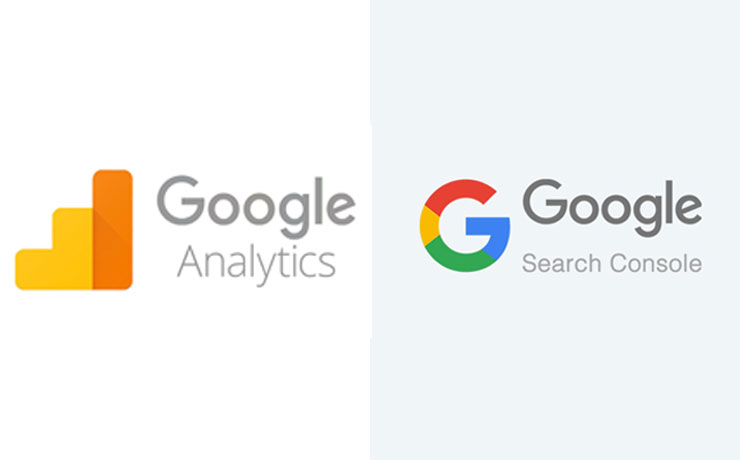Google Analytics and Google Search Console are free Google tools that are necessary for everybody with a website. It is possible to monitor, check, detect faults, and analyze website traffic by combining them. Google provides a number of tools to help folks who have a website collaborate. However, there are two that merit extra attention because of the useful information they provide.
Combining Google Analytics and Google Search Console: A Step-by-Step Guide
Google made it easy for us to link both programs and access all of the information they provide in one location, within Google Analytics itself, to make things easier for us.
To do so, simply follow these directions, and in a few simple minutes, you’ll have both tools functioning in your favor.
Create a user account
To begin, you must first log into or establish a Google Analytics account if you do not already have one.
Once you’ve gotten into it, go to the “Acquisition” option and look for the “Search Console” tab within it.
Because you have not yet linked the two tools, when you click on one of the options inside, the following screen will appear:
Step 2 On this page, click the “Set up Search Console data sharing” button. When you get to the bottom of the page, you’ll see the following:
Step 3: To bring up the Search Console, click on “Adjust Search Console”:
4th step: Clicking “Add” on this page will bring up a list of the domains you own:
If the domain you want to link to Analytics isn’t already listed, go to Search Console and add it. To do so, select “Add a site to Search Console” from the drop-down menu.
Return to Analytics and reload the page after you’ve added your property. Your domain will appear when you update it; pick it and hit “Save.”
5th step: Google Search Console and Google Analytics are now interconnected. To double-check this, go back to Google Analytics and click on Search Console, then any of the tabs.
When you integrate Google Analytics and Google Search Console, what data and information do you get?
You can gather critical information about your website’s traffic with Analytics.
You may know the origin and conversion rate of traffic in addition to the volume of traffic, even in real-time, because you may record your goals.
You can get a lot of information that will be really beneficial.
Another significant feature of the Search Console is that it notifies you if a problem is discovered on its website or on any of your pages, as well as alerting you to certain crucial changes that the search engine considers to boost your organic exposure. By connecting the two tools, you’ll have all of this information in one spot, making website analysis considerably easier and more effective.
The data on the acquisition and user behavior is all in one place.
How does tying Google Analytics and Google Search together help with SEO?
We hear a lot about how important SEO is for strong search engine rankings. As we all know, there are numerous strategies for improving it; yet, we frequently overlook the approach analysis. We have access to Google Analytics and Google Search Console.
When you combine Google Analytics and Google Search Console, might you get data errors?
Some argue that the two instruments don’t produce consistent data and that the figures differ from one to the other.
This happens, but it doesn’t mean that one of them is measuring incorrectly; I’ll explain why.
Google Analytics counts the number of organic sessions as well as the number of directed sessions.
If a user visits your website via Google and then visits it directly, Analytics will track both sessions, but Search Console will only track the first. Another distinction is found in the keywords. While Google Analytics displays both organic and paid keyword searches, Search Console only displays uninvited results.
Conclusion
In every Digital Marketing strategy, Google Analytics and Google Search Console are two essential and quite important tools.
Linking them makes data analysis easier because having all of the information in one location makes it much easier to consult it.
Using this information to improve a website’s positioning is a simple process that simply necessitates thorough study and continual monitoring.
Visit us for ecommerce website developers in Delhi and ecommerce SEO company in Delhi.































I used to be able to find good information from your blog articles.